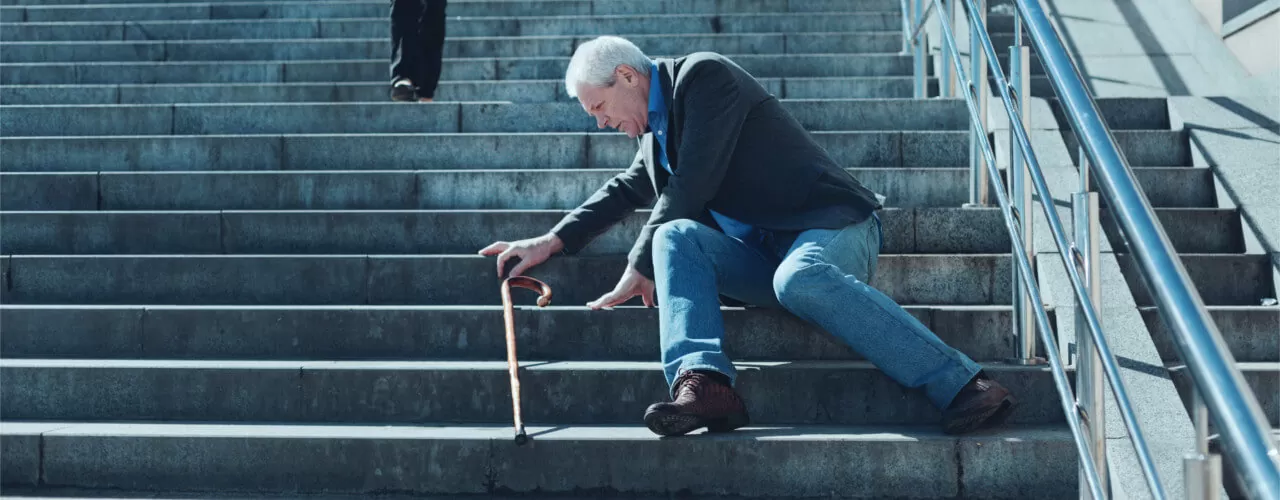Balance and Gait Disorders
Balance and gait disorders can be very disruptive to your life, but unlike many common joint injuries, these disorders can also go unnoticed or undiagnosed for extended periods of time. You may not even notice that you are having issues at first. And when you do, you may assume that they will resolve on their own. If you are feeling distressed — physically or emotionally — when you try to move, we encourage you to contact us to meet with a physical therapist. We can diagnose your issue and help correct it so you can get back to leading your normal life.
Understanding Balance and Gait Disorders
A disorder that affects your balance will be noticeable because it causes you to have difficulties with balance. There are numerous parts of your body that contribute to your balance, including your inner ear and all the muscles, bones, ligaments and tendons that constantly adjust to keep you oriented correctly. But when any of these pieces is not functioning correctly, it can leave you struggling to stay balanced.
Your gait is the way you walk and run. As with balance, there are many components in your body that allow you to walk and run steadily and safely. When one of these components is damaged, such as after an injury, it can cause a cascading effect that can domino into major difficulties with your gait. It is common to see multiple injuries resulting from a single injury, such as when a knee injury leads to overcompensation in the other leg — which can hurt the other knee, ankle, foot, the back, and other areas.
How Balance and Gait Disorders Develop
Since there are so many pieces that contribute to balance and gait, there are also many ways that disorders in these areas can occur. Balance disorders can result from damage to the inner ear and head injuries to more simple causes like an ankle injury. Gait disorders can be similarly complex. A knee injury that makes you walk differently may be obvious, while an injury to your little toe might not be something you immediately relate to your trouble when walking and running.
The most important thing to understand about balance and gait disorders is that they tend to get worse over time. One injury can lead to multiple injuries if left untreated.
What Physical Therapy Can Do for Balance and Gait Disorders
Much of physical therapy is about movement — how the body should move and how to correct issues that inhibit healthy movement. That makes a physical therapist the ideal partner in helping you fix a balance and/or gait disorder. Physical therapists are trained to identify injuries, their causes, and treatments that will aid in healing and prevent further injury.
The first thing your physical therapist will do when you come for a consultation will be to conduct a thorough physical examination. The exam will include having you move in certain ways to clarify what parts of your body are not working as they should be. Many patients are surprised at what their physical therapist discovered. For instance, you may come in knowing that you have a knee injury and leave knowing that you also have issues with your ankle, hip, and back. By identifying every problem area, you and your physical therapist can work on seeking a complete solution for your movement issues.
For potential balance disorders, your physical therapist will conduct both physical and cognitive tests to isolate the causes of the disorder. For gait disorders, the focus will often be centered around identifying existing injuries or problem movement patterns and helping to increase strength and eliminate damaging movement habits.
It can take several visits to correct significant balance and gait disorders, but the visits are well worth your time. With appropriate treatment, you can learn to move in a healthy way, a way of being that you can enjoy the rest of your life.
Here for All Your Physical Therapy Needs
We are ready to help address your balance and/or gait disorders. Contact us about our in-home physical therapy in Wilmington, DE, New Castle County, DE, Kent County, DE and Delaware County PA.



